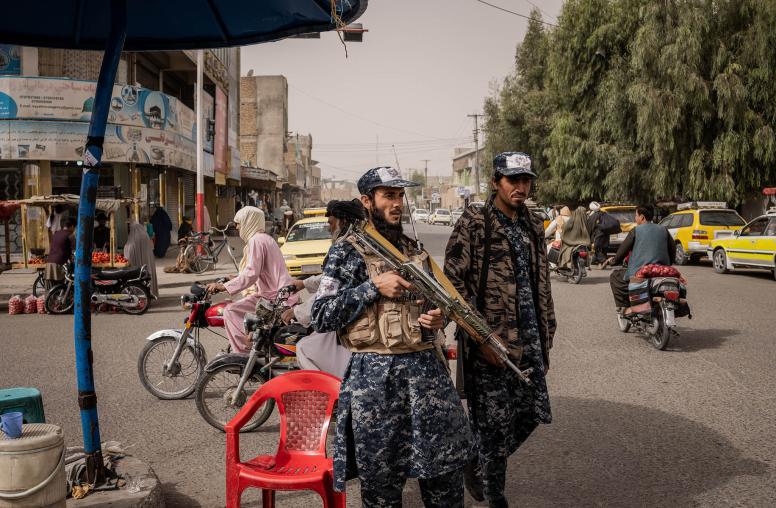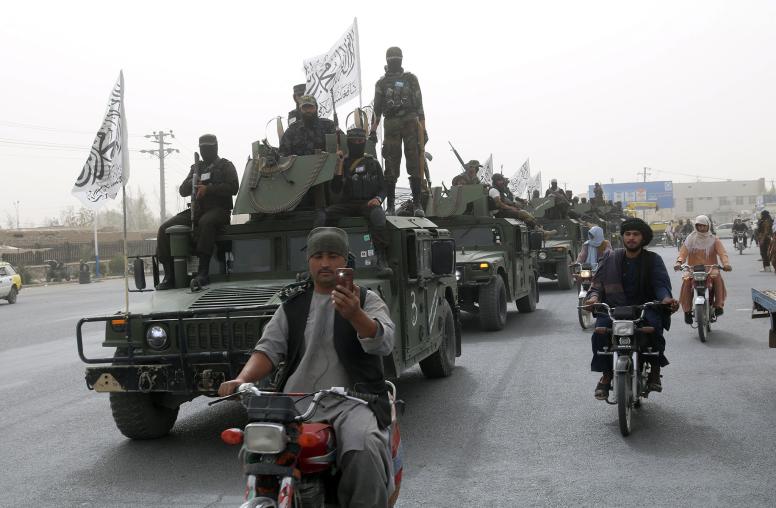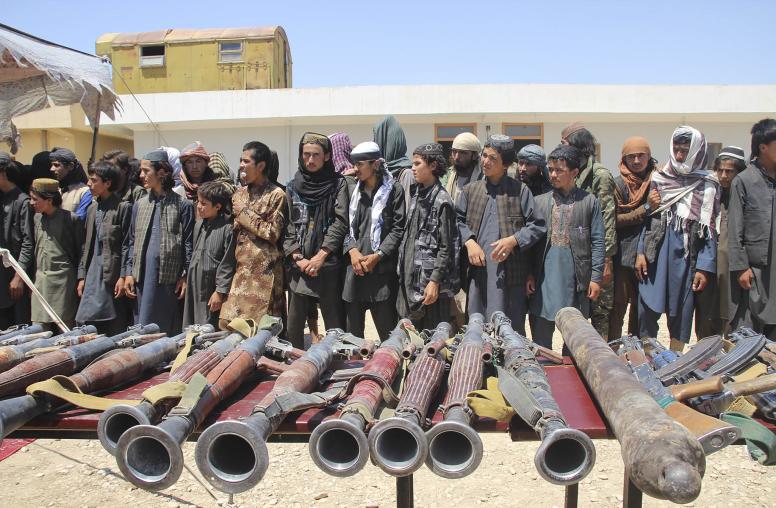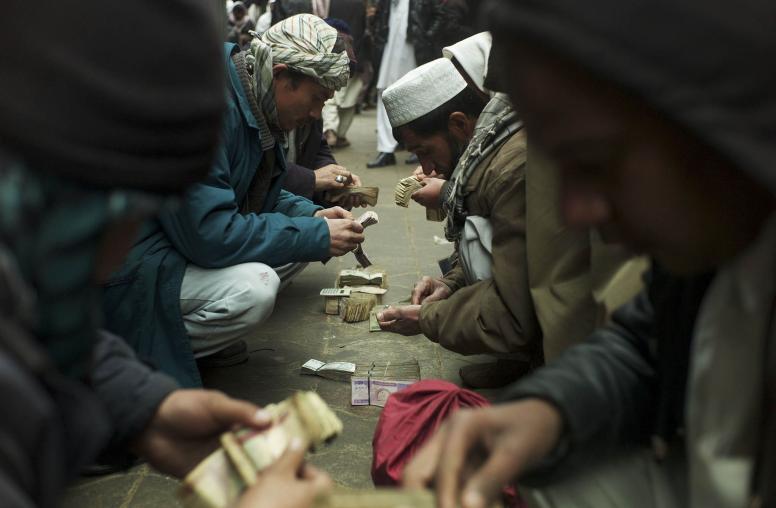Political Parties in Afghanistan
Political parties in Afghanistan are often dismissed by international and Afghan observers as unruly and highly personalized organizations that contribute little to the democratic process. Yet they continue to play a part in shaping the political landscape, albeit in what might be considered unorthodox ways. This report assesses their history, role, and activities over the last decade and how their future might unfold under and contribute to the country’s new unity government.
Summary
- Political parties in Afghanistan have no historical precedent of a legal, formalized role within the political system. Since 2001, however, they have been able to register officially as organizations.
- Elections in Afghanistan, particularly those in 2014, have provided a stimulus for change within parties that has the potential to offer more than the simple collectivity of a common cause.
- Changes in party behavior include greater outreach to urban educated Afghans through greater use of communications technologies, greater influence among young people generally, more parliamentarians aligning themselves openly with parties, consolidated voting blocs, more space for women, more and earlier preparation for elections, and greater engagement in national-level debate.
- These changes, however, are opportunistic rather than strategic and do not look beyond 2015.
- Institutionalization of the changes taking place within parties will depend on the availability of resources and the political will of party leadership but also critically the new administration’s approach and incentives created for parties’ consolidation as political actors.
- A constitutional loya jirga apparently scheduled for some point before the end of 2016 may provide the necessary opportunity for parties to lobby for greater involvement in government.
- For lobbying to prove successful, parties will need to ensure that their voice is heard, possibly by gaining influence in the lower house of parliament in the 2015 elections.
About the Report
This report assesses the contributions of political parties to, and their place within, the Afghan political landscape through transition and beyond and how they continue to navigate the limitations of their lack of formal political role. Part of broader United States Institute of Peace research on the 2014 Afghan elections, the report is based on more than fifty interviews conducted in 2014 with members of twelve political parties both before and after the presidential and provincial council elections.
About the Author
Anna Larson is a research associate at the Centre of Contemporary Central Asia and the Caucasus at the School of Oriental and African Studies, University of London. She is coauthor with Noah Coburn of Derailing Democracy in Afghanistan.



